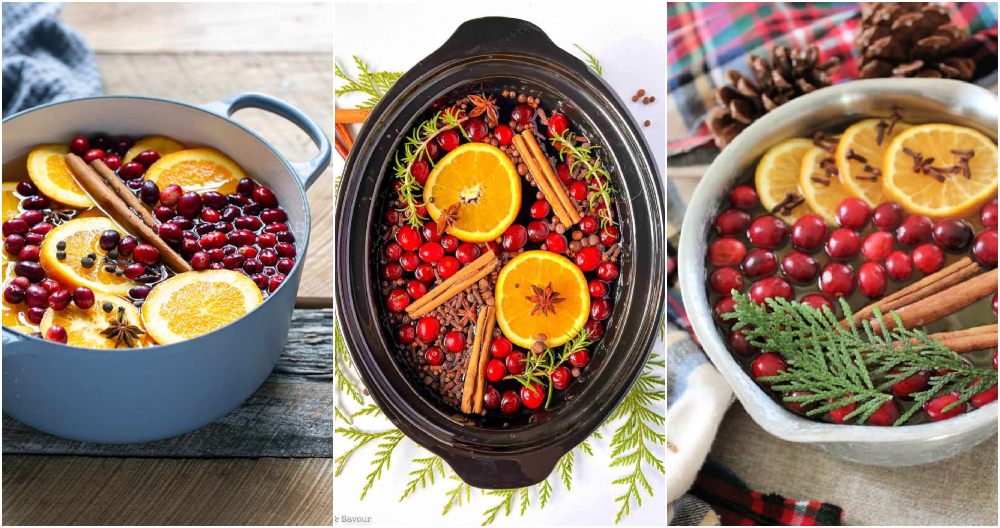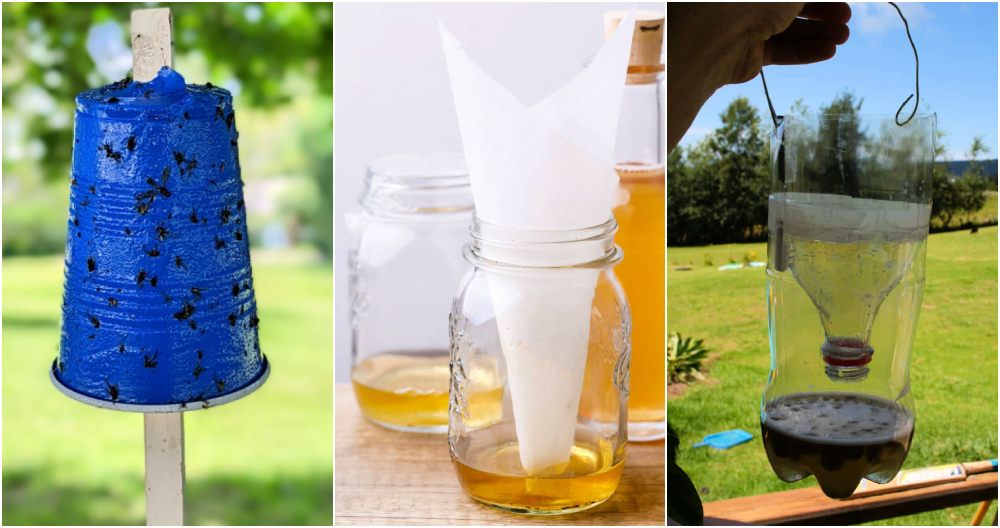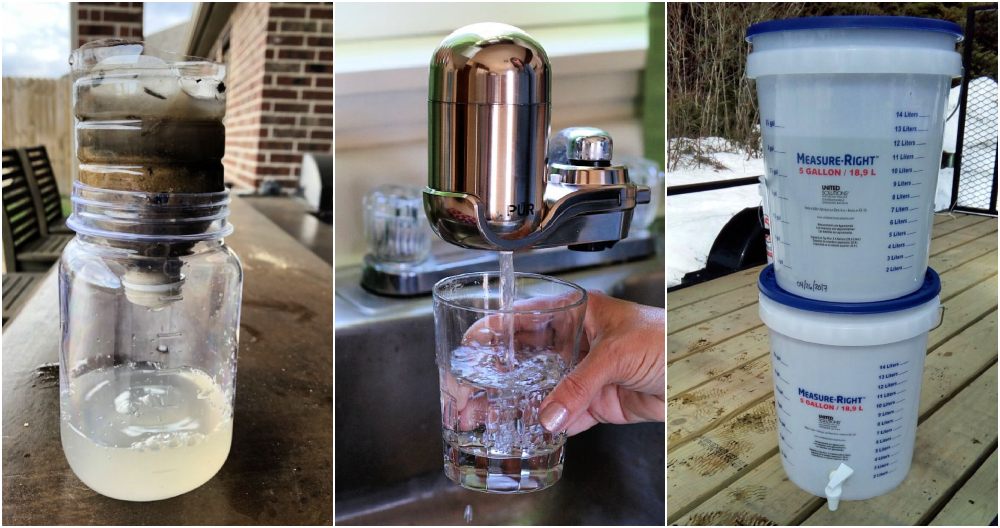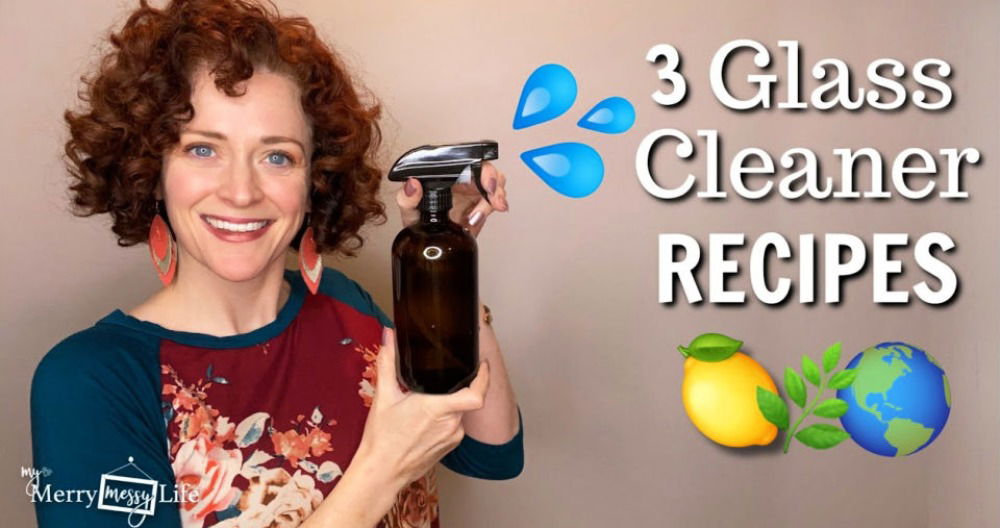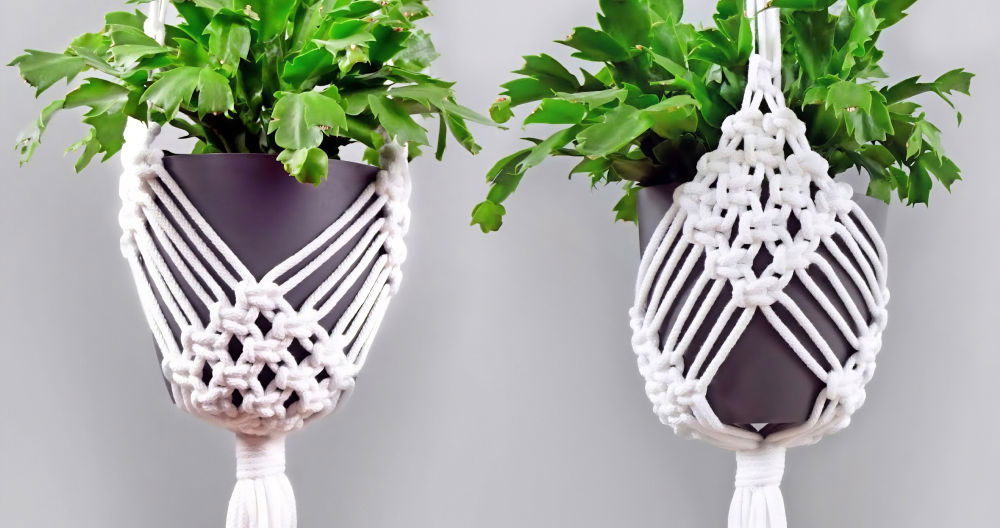Making homemade potpourri was always a comforting activity for me. It reminded me of my grandmother, who would mix dried flowers, herbs, and spices in a beautiful bowl. Each season, she crafted a new blend that filled the house with wonderful scents. The process was easy, and the results were always worth it. Now, I enjoy passing this tradition to friends and family.
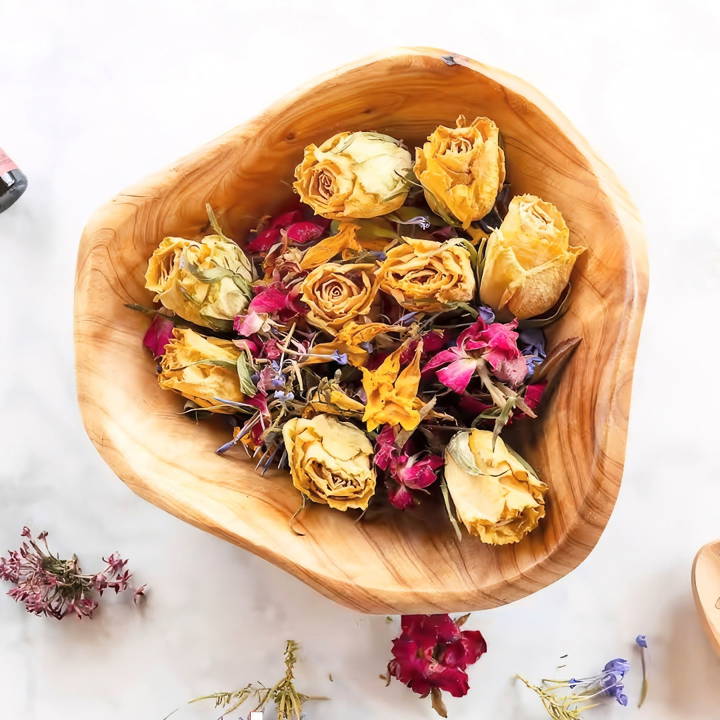
Making your own DIY potpourri is simple yet so satisfying. All you need are a few dried ingredients and a bit of creativity. Select elements based on the season, like rose petals for summer or pine cones for winter. Add essential oils to enhance the fragrance.
Follow this guide, and you'll have a perfect potpourri mix for every season. I believe these tips will help you bring delightful scents into your home.
Gathering Your Materials:
Learn how to gather fresh flowers, parchment paper, essential oils, orris root powder, and a mason jar or pouch for your next DIY project.
- Fresh Flowers: They are the essence of your potpourri, providing the natural beauty and base for your fragrance.
- Parchment Paper and Baking Sheet: Essential for the drying process, ensuring your flowers don't stick or burn.
- Fragrance or Essential Oil: This infuses your dried flowers with a lasting aroma, personalizing your potpourri.
- Orris Root Powder: Acts as a fixative, elongating the life span of your chosen scent.
- Mason Jar or Pouch: Provides an attractive container to store or gift your potpourri, keeping the fragrance contained and preserved.
Step by Step Instructions
Learn how to make your own potpourri with our easy step-by-step instructions. Craft personalized scents for your home with this DIY guide.
Harvest and Prepare Flowers
My journey begins in my garden, where I snip flowers that hold special meaning and a variety of colors. Removing stems and leaves, I focus on the flowers themselves, considering whether to leave them whole or separate the petals for a different texture.
Drying – Air and Oven Methods
I've experimented with both air-drying and oven-drying methods. Hanging a bouquet from my anniversary upside down brought not just beautifully dried flowers but also a flood of precious memories. For a quicker method, I spread flowers on a baking sheet lined with parchment paper and placed them in an oven preheated to 200 degrees Fahrenheit. Approximately two hours later, the flowers emerge perfectly dehydrated, retaining their vivid hues and shapes.
Infusing Fragrance
Choosing the right fragrance is a deeply personal decision. I selected a rose garden fragrance oil reminiscent of the roses from my garden. Gently rolling the dried flowers in a paper sack filled with a few drops of chosen oil ensures an even distribution.
Adding the Fixative
Sprinkling orris root powder among the fragrant petals, I guarantee the longevity of the scent, ensuring the aroma will linger for months to come.
Packaging Your Potpourri
Discover creative packaging ideas for your potpourri with gift pouches and decorative mason jars. Perfect for gifts or small spaces.
Pouches for Gifts or Small Spaces
Organza pouches prove perfect for gifting or placement in drawers and small spaces. They're not only practical but also add a touch of elegance.
Mason Jars for Display
For a more decorative option, I use mason jars, topping some with a flower frog lid for a crafty touch. Adding a handmade gift tag customizes each jar, transforming it into a thoughtful present.
Customization Ideas for Homemade Potpourri
Making your own potpourri is a wonderful way to express your personal style and preferences. Here are some ideas to inspire your custom potpourri creations:
- Seasonal Scents: Tailor your potpourri to the seasons. For spring, think of light floral scents like lavender and rose petals. Summer might call for brighter citrus peels and mint. In autumn, consider adding cinnamon sticks and dried apple slices for a warm, cozy aroma. Winter is perfect for pine cones and cloves.
- Mood Themes: Craft a potpourri that sets a specific mood. For relaxation, use chamomile and vanilla. If you want to feel energized, choose peppermint and lemon zest. For a romantic touch, rose petals and jasmine flowers are perfect.
- Color Coordination: Match the colors of your potpourri to your home decor. Use brightly colored petals for a vibrant look, or go for muted earth tones for a more natural feel.
- Herbal Remedies: Incorporate herbs with known benefits. Eucalyptus can be refreshing and may help with breathing, while lavender is renowned for its calming properties.
- Memory Triggers: Make a blend that reminds you of a favorite place or time. If you love the beach, mix sea shells with sandalwood and dried seaweed. For a forest feel, use pine needles and acorns.
- Sensory Experience: Add elements that engage other senses, like small bells for a gentle sound when stirred, or textured elements like rough bark for a tactile dimension.
- Eco-Friendly Choices: Choose ingredients that are locally sourced and organic. This not only supports local businesses but also reduces your carbon footprint.
- Fixatives: To prolong the life of your potpourri, add natural fixatives like orris root powder, which can help lock in the fragrance.
- Essential Oils: Boost the scent of your potpourri by adding a few drops of essential oils. This can also be a way to refresh the scent over time.
Consider these ideas to make a unique and personal potpourri. It's an easy way to bring your favorite scents into your home. Mix and match until you find the perfect combination.
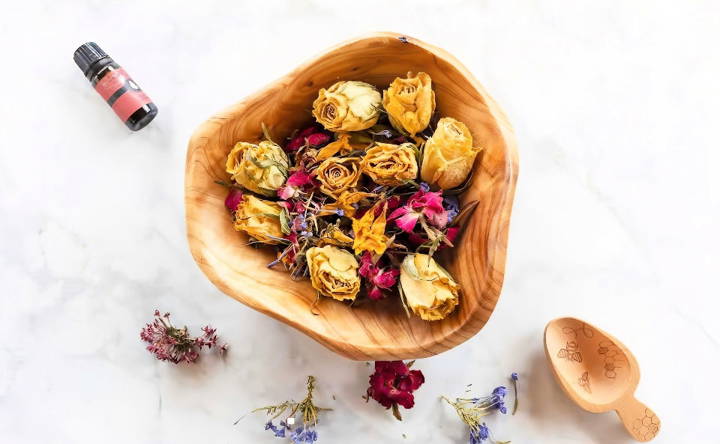
Troubleshooting Common Issues
When crafting homemade potpourri, you might encounter a few hiccups along the way. Here's how to solve some common issues with simple, effective solutions:
Faded Colors
- Solution: To preserve the vibrant colors of your flowers, dry them out of direct sunlight. You can also use silica gel to maintain their hue.
Weak Scent
- Solution: If your potpourri isn't as fragrant as you'd like, try adding a few drops of essential oils to enhance the aroma. Be sure to choose oils that complement your dried ingredients.
Mold Growth
- Solution: Mold can occur if there's too much moisture. Ensure all your botanicals are completely dry before assembling your potpourri. Store it in a dry place and avoid high humidity areas.
Dust Accumulation
- Solution: Over time, potpourri can gather dust, which dulls its appearance. Lightly blow on it to remove dust or use a hairdryer on a cool, low setting.
Scent Fades Quickly
- Solution: To extend the life of your potpourri's scent, keep it away from heat sources and direct sunlight. Refresh it periodically with more essential oils.
Overpowering Fragrance
- Solution: If the scent is too strong, remove some of the more potent elements or add neutral materials like wood chips to dilute the intensity.
Insects Attracted to Potpourri
- Solution: Insects may be drawn to natural botanicals. To deter them, add a few drops of cedarwood or peppermint oil, as these scents are natural insect repellents.
Allergies or Sensitivities
- Solution: If someone in your home is sensitive to certain scents, opt for hypoallergenic ingredients or less fragrant options. Always test a small amount first to ensure it's well-tolerated.
Fix these common issues to keep your potpourri perfect. Experiment and be patient. Try different methods and ingredients until you find the best ones.
Health and Safety Considerations
When making homemade potpourri, it's important to consider health and safety to ensure a pleasant and safe experience. Here are some key points to keep in mind:
- Proper Drying of Ingredients: Make sure all botanicals are completely dry before using them in your potpourri. Moisture can lead to mold and mildew, which are not only unsightly but can also cause allergic reactions.
- Temperature Control: If you're using an oven to dry flowers, keep the temperature low (100 to 200 degrees Fahrenheit). High heat can burn the flowers and potentially make a fire hazard.
- Natural Ingredients: Use natural ingredients to avoid the risks associated with artificial dyes and fragrances, which can cause headaches or allergic reactions in sensitive individuals.
- Safe Handling: When working with dried materials, wear gloves to protect your skin from any potential irritants. A mask can also be helpful to avoid inhaling any fine particles.
- Pet Safety: If you have pets, be mindful of the ingredients you choose. Some plants and essential oils can be toxic to animals if ingested.
- Avoiding Toxic Plants: Research the plants you plan to use in your potpourri. Some plants can be toxic if ingested, so it's best to avoid these, especially if you have children or pets in the home.
- Storage: Store your potpourri in a cool, dry place out of reach of children and pets. This will help maintain its fragrance and prevent any accidental ingestion.
- Allergies: Be aware of any allergies you or your household members may have. Avoid using ingredients that could trigger an allergic reaction.
Follow these tips to enjoy making and using homemade potpourri worry-free. Use natural, non-toxic ingredients and handle them safely to make a beautiful, fragrant, and safe addition to your home.
FAQs About DIY Potpourri
Discover the essential FAQs about DIY potpourri! Learn how to make, store, and customize your own fragrant blends easily at home.
DIY potpourri is a homemade mixture of dried flowers, spices, and sometimes essential oils that you can use to naturally scent your home. It’s a simple and creative way to recycle garden leftovers or repurpose fading bouquet flowers into something beautiful and fragrant.
The fragrance of homemade potpourri can last from a few months up to a few years. Its longevity is enhanced when stored in airtight, covered glass containers. Over time, you may need to refresh the scent with additional essential oils.
It's best to use dried plants because fresh ones can mold or decompose. If you want to use fresh elements like fruit slices or herbs, ensure they are completely dried out before adding them to your potpourri mix.
Yes, you can add color to your potpourri to make it visually appealing. While many dried flowers and spices naturally have beautiful colors, you can enhance or change these by using natural dyes from plants or food coloring. Just be sure to dry the colored elements thoroughly to prevent mold.
While not strictly necessary, a fixative can help retain the fragrance of your potpourri for a longer period. Common fixatives include orris root powder and gum benzoin. These substances absorb and slowly release the essential oils, prolonging the aroma of your potpourri.
Final Thoughts
Wrapping up, making DIY potpourri for every season is an enjoyable and rewarding activity. By following these simple steps, you can refresh your space with natural, aromatic scents. Enjoy crafting personalized blends and elevate your home with homemade potpourri!


